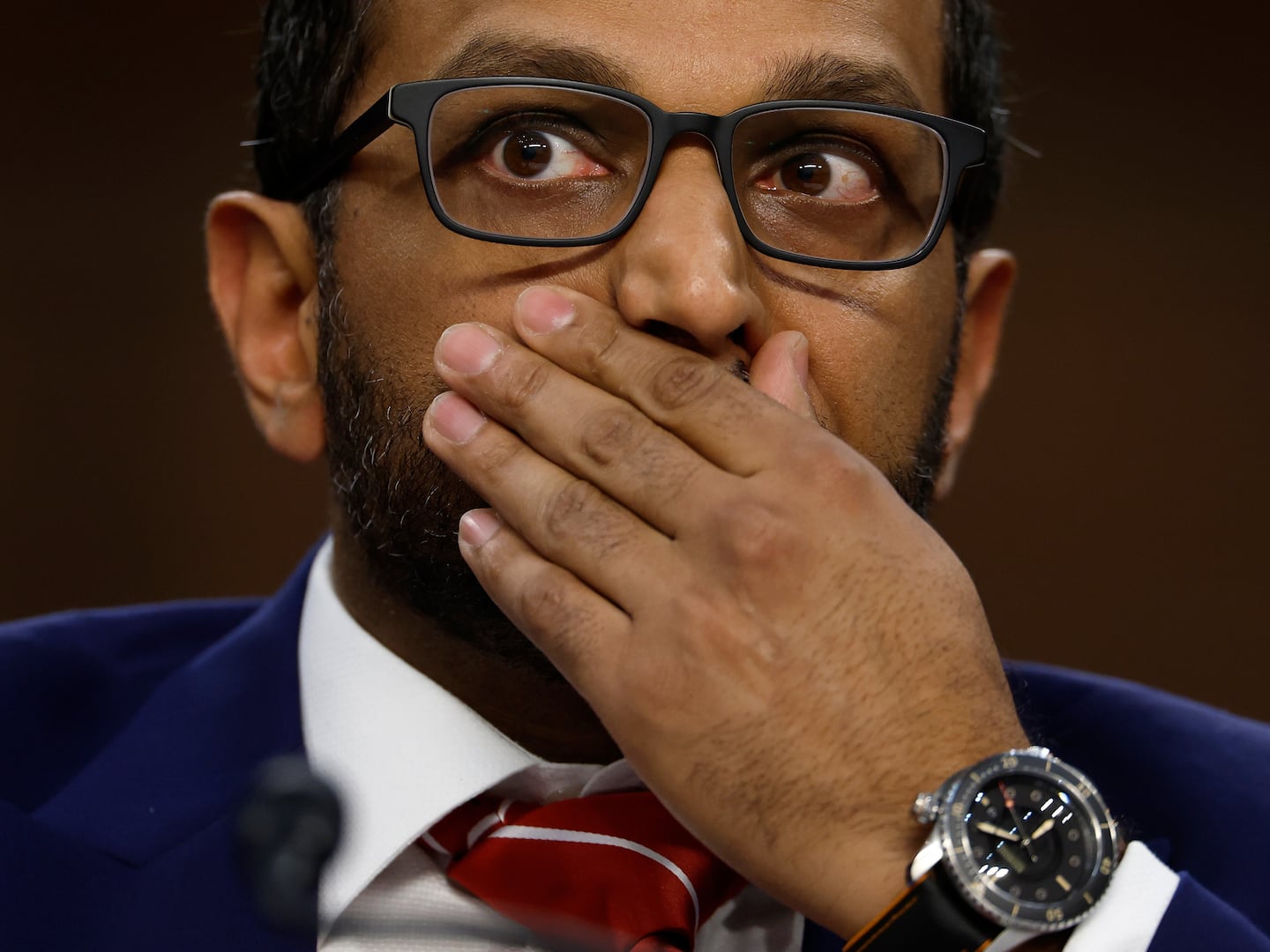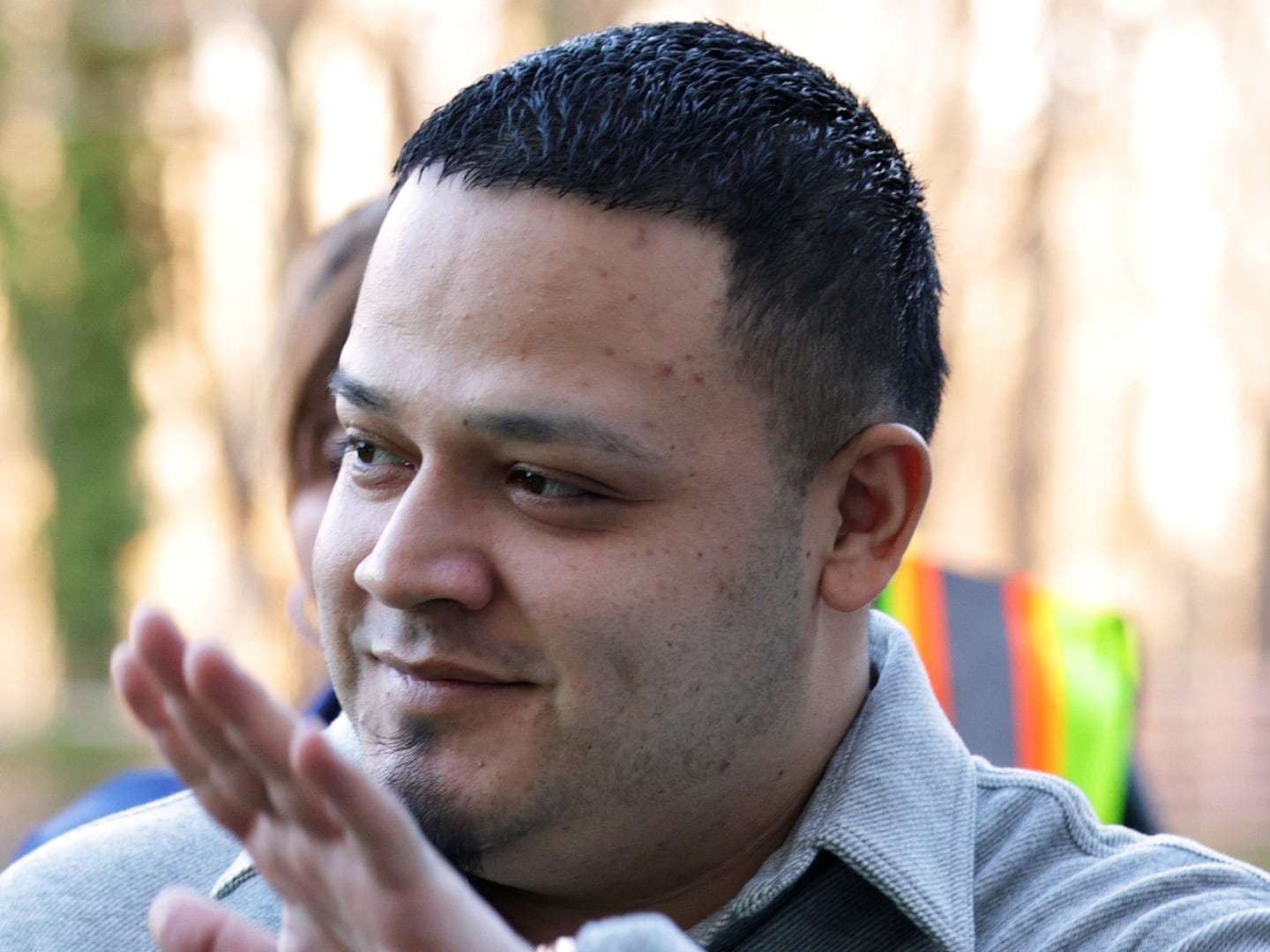When he strides up Fifth Avenue with the Saint Patrick’s Day Parade, NYPD Lt. Brian Vaughan of the Counterterrorism Division will not be marching with his comrades, but with a visiting contingent of the Irish national police, An Garda Síochána.
And he will have switched the nameplate on his dress blue uniform with one bearing the name a newly discovered cousin who was serving with the Gardaí when he died in a bombing nearly a half-century ago.
Inspector Samuel Donegan was a 60-year-old father of six who had never ventured from the shores of his native land when he was killed by a booby-trapped tea crate in 1972. Vaughan was just a year old at the time. He will now be carrying Donegan’s picture into Saint Patrick’s Cathedral for the pre-parade Mass and then in the annual procession up Manhattan’s grandest avenue.
“This guy is a cop, I’m a cop,” Vaughan recalls telling himself after the discovery of the familial connection, just last month. And with the approach of Saint Patrick’s Day, “Let me march in his honor.”
Vaughan announced via an email to the slain cousin’s son, John Donegan, that his father’s memory would be represented at this year’s parade. The son replied from County Kildare where he lives in retirement after a career as a schoolteacher.
“He never left Ireland during his lifetime, even for a holiday, so it's hard to imagine how he would have felt if someone told him that his name and picture would one day feature in the New York St. Patrick's Day parade,” the son wrote of his father. “We'll be looking out for you when we watch the TV coverage here and thinking fond thoughts for you and your family.”
The son was mindful of the dangers police officers in particular continue to face everywhere when he added, “Enjoy the parade. These are uncertain times for everyone, particularly for policemen, and there are so many occasions of tragedy and sadness, you've got to make the most of the joyful ones.”
Wise words for all of us on all days.
The discovery of the connection between Vaughan and the Donegans is a tale worthy of a modern day seanchaí, or storyteller. The tale begins in 2015, when curiosity about his genealogy prompted Vaughan to sign up with Ancestry.com in search of branches of the family tree that were not known to him. He received no replies.
“After two months, I was like, ‘This is very frustrating,’” he would later tell The Daily Beast.
He let this membership lapse and forgot all about it until last month, when curiosity stirred again. He had no expectations when he checked Ancestry.com for the first time is two years.
“I said, ‘What the hell…’” he would remember.
He was surprised to see that he had received a reply shortly after he had last looked. He went ahead and renewed his membership and saw a message that had been sitting in the inbox since 2015 from a John Kelly in Ireland.
Vaughan emailed Kelly and they exchanged what they knew about their respective lineages and determined they were cousins. Vaughan told his newfound relative that he was a lieutenant with the NYPD’s Counterterrorism Division and sent him several uniform patches.
Kelly informed Vaughan that there was another cousin, Inspector Samuel Donegan, who had been a cop in Ireland when he was killed. Kelly also told Vaughan that their murdered cousin had a son, John Donegan. Vaughan exchanged emails with the son and asked for his address, so he could send him some NYPD patches.
“I do that for all my cousins,” Vaughan wrote.
Vaughan did not fail to see significance in the interlocking connections that only began with a common bloodline. Vaughan’s duties as a counterterrorism lieutenant in New York include bomb blast threat assessment and he now turned out to have a cousin in Ireland who held the equivalent rank and was killed by a bomb.
Vaughan wanted to learn all he could about this relative with whom he had a double trans-Atlantic bond of family and vocation.
As detailed in press accounts and recorded in Garda archives, Inspector Samuel Donegan was two years from retirement on June 8, 1972, when he participated in a joint police and Irish army patrol along the border between the Republic of Ireland and Northern Ireland. They came upon a tea crate that had been set in the middle of a country lane and was painted with the word BOMB in what were later described as “almost comically large letters.” A string was attached to it as if to facilitate pulling it aside.
The BOMB proved to be a hoax and they resumed the patrol. Donegan and a 21-year-old Irish Army Lieutenant named John Gallagher were chatting as they walked along the Legakelly Road outside Cavan, when they came upon a second tea crate bearing the word BOMB an hour later.
Donegan and Gallagher had every reason to figure this was also a hoax, but the second tea crate proved to contain gelignite. Gallagher was seriously injured, but survived. Donegan died after being rushed to a hospital.
The Bishop of Kilmore officiated at Donegan’s funeral. The procession included nine chief superintendents, 53 superintendents, and 120 other Gardai. Six sergeants served as pallbearers. Six fellow inspectors walked alongside the hearse on the three miles to the cemetery. The coffin was of course covered with the Irish Tricolor.
Donegan was the 394th person killed in what were called The Troubles, the first member of the Irish security forces killed by an explosive device.
That same day, a 395th person died, this a 19 year-old Catholic construction worker named Norman Campbell, who was shot to death while working on the upper floors of a building going up in the Shankill Road area, which protestant paramilitaries had long claimed as their turf. He had been shot at on the job twice before and the previous week had pulled a fellow worker to safety when gunfire erupted. He was scheduled to marry a protestant girl in five weeks.
“She was his life and they were devoted to each other,” his mother, Sarah Campbell was later quoted saying. “He wanted to keep working there because he said he needs money for the wedding. He told me, ‘Mammy, some day I’m going to die on this job.’ And I pleaded with him to get a job somewhere else. “
The killings in divided Ireland went on and on until the Good Friday agreement in 1998, when The Troubles officially ceased. Vaughan had joined the NYPD four years before and saw another kind of war strike New York three years later, on 9/11. He spent two weeks of 16-hour days in the recovery effort at the smoldering pile that had been the World Trade Center. He now spends each working day helping to keep the city prepared for a threat that continues after than 15 years.
In quiet moments between that duty and helping his wife raise three kids, Vaughan has been in touch with An Garda Síochána in Dublin, including with the sergeant in charge of the Garda Museum and a second sergeant who will be in the contingent coming over for the Saint Patrick’s Day Parade. Vaughan made plans to march with them.
As the big day neared, Vaughan got a notice from the post office that a package had arrived for him from Ireland. It had been sent by the Garda Museum and he opened it to find a blue lanyard such as his cousin would have worn with his uniform had he ever been able to venture from Ireland’s shores to the happy procession in New York. There was also a Garda tie clip and a brass whistle such as Irish cops of earlier times used to signal each other each and to sound alarms. There was also an official bio of Donegan, along with a black and white photo of him in uniform. Vaughan had the picture enlarged into an eight-by-eleven.
When the parade starts up on Friday, the lone figure in an NYPD dress uniform among the representatives of An Garda Síochána will be carrying a black-and-white photo of an Irish inspector. Those who look closely at the New York cop will notice an Irish Inspector’s blue lanyard along with his NYPD lieutenant's gold bars. Those who look closer still will see that the nameplate VAUGHAN has been replaced with one he had made.
“S. DONEGAN,” it reads.
In the coming months, An Garda Síochána will be holding a memorial for fallen comrades and marking the 45th anniversary of Donegan’s death. Vaughan’s dream is to be there in full dress uniform.
“And lay a wreath,” he says.






